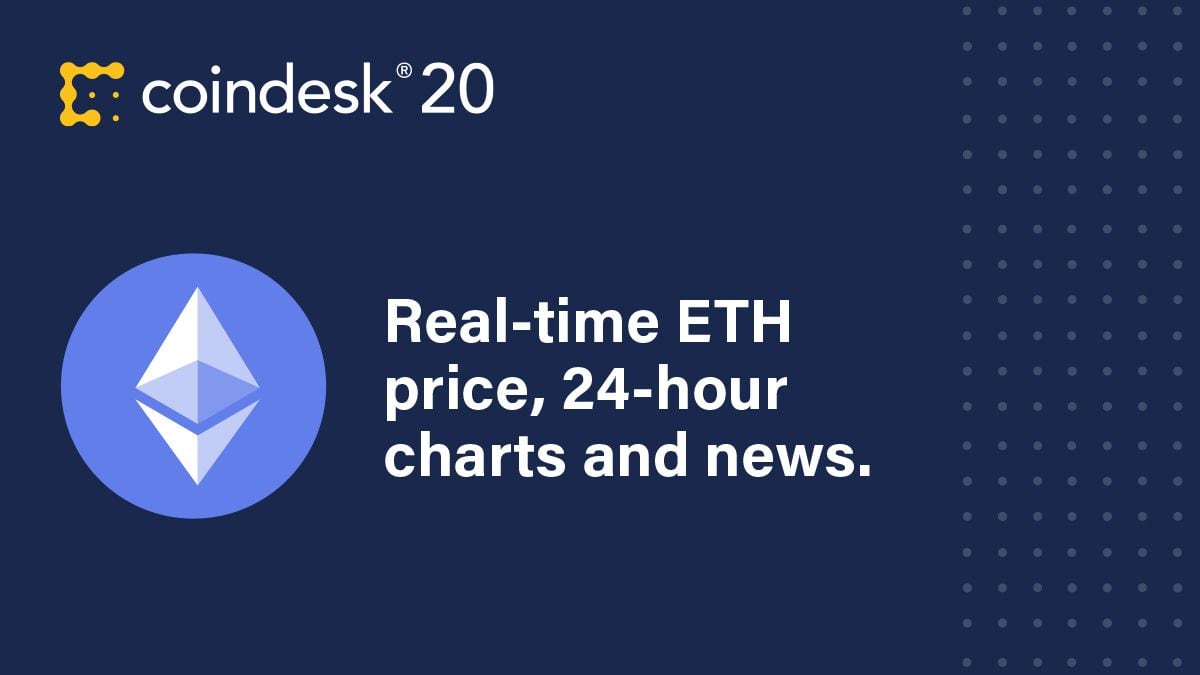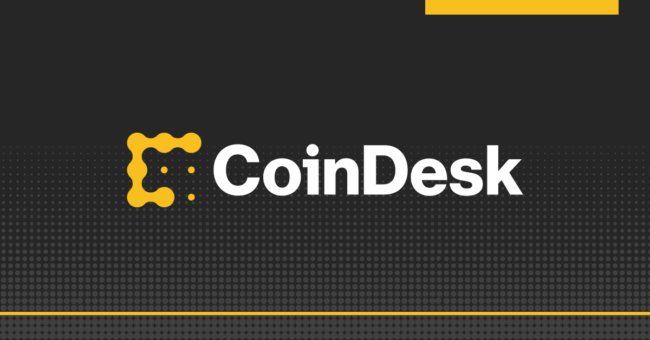
Ethereum is a blockchain-based software platform that can be used for sending and receiving value globally via its native cryptocurrency, ether, without any third-party interference. But it can also do much more than that.
First proposed in 2013 by Russian-Canadian programmer Vitalik Buterin, Ethereum was designed to expand the utility of cryptocurrencies by allowing developers to create their own special applications. Unlike traditional apps, these Ethereum-based applications, called “decentralized applications”, are self-executing thanks to the use of smart contracts.
Smart contracts are code-based programs that are stored on the Ethereum blockchain and automatically carry out certain functions when predetermined conditions are met. This can be anything from sending a transaction when a certain event takes place, or loaning funds once collateral is deposited into a designated wallet. These smart contracts form the basis of all decentralized applications (dapps) built on Ethereum, as well as all other dapps created across other blockchain platforms.
What are ether and gas?
Ether (ETH) is the main token of the Ethereum blockchain and acts as the primary “fuel” that powers all activity on it. “Gas” refers to an amount of ether that’s needed to perform a certain function on the network, such as:
- Sending transactions (swapping, trading or moving Ethereum-based tokens around)
- Interacting with decentralized applications
- Creating smart contracts
- Minting non-fungible tokens, or NFTs
How much gas you pay for each action on the Ethereum blockchain is calculated based on two things:
- Gas cost: The computational energy an operation on Ethereum requires to be processed and executed on the network. This is denominated in units of gas.
- Gas price: The rate set by the user for converting gas into units of ether. These units are usually denominated in “gwei,” which is a unit of Ethereum equivalent to 0.000000001 ether.
Cost of an operation on Ethereum = Gas cost x Gas price
How Ethereum works
Like Bitcoin, Ethereum has its own blockchain where a global network of over 2.4 million computers known as “nodes” maintains a record of transactions. Anyone can run an Ethereum node and participate in validating the network provided they have the right hardware, knowledge and time to commit to it.
There are three main types of nodes that operate on the Ethereum network.
- Full nodes: These copy and verify all transactions on the Ethereum blockchain, as well as execute smart contract instructions known as opcodes. Full nodes should not be confused with miners (see example below)
- Light nodes: These only maintain a partial record of the blockchain and request the rest of the data from full nodes. As the name suggests, these nodes can run on lighter devices such as mobile phones and do not need to operate 24/7.
- Full archive nodes: These store the entire history of the Ethereum blockchain including previous states and are used for tools like block explorers.
An easy way to understand the difference between miners and full nodes is to think of miners as archaeologists out in the field uncovering historical artifacts and full nodes as administrators at a national museum that maintain a record of all their findings.
The main difference between a full node and a full archive node is that a full archive node does everything a full node does but also compiles an archive of all previous states.
The Ethereum blockchain relies on miners to discover new blocks. These are like digital boxes that store transaction information and other data. Miners compete using specialized computing equipment to win the chance to be the next person to add a block to the chain and get rewarded with transaction fees (from the transactions they add to the block) and “block rewards.” Block rewards are new ether coins that are created when each new block is discovered and are given to the successful miner for their efforts. Once a block is added, the rest of the mining network verifies it to make sure the balances are correct and the transaction isn’t a double-spend, i.e. someone isn’t trying to spend money they don’t have. Full nodes then make a record of the final data.
However, unlike Bitcoin, Ethereum full nodes also need to keep track of the “state” – or the current information – of all of these applications, including each user’s balance, all the smart contract code, where it’s all stored, and any changes that are made. This means running an Ethereum node requires significantly more storage and is expensive to run compared to a bitcoin node.
Here’s a summary of what’s stored in each node:
- Accounts: This shows how much ether the user has.
- Smart contract code: Ethereum stores smart contracts, which describe the rules that need to be met for money to be unlocked and transferred.
- Smart contract state: The state of the smart contracts.
Smart contracts
Smart contracts can be written using several high-level programming languages such as C++ and…
www.coindesk.com
